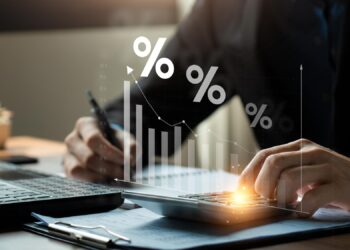They argue commodity prices are surging because materials such as copper, tin, nickel, cobalt and aluminium are in high demand for use in developing greener energy technologies. Meanwhile, supply of these commodities is being restricted, due to the environmental, social and governance concerns that come with constructing new mines.
Not just greenflation
Blaming the net zero transition alone for inflation is an oversimplification of the complex factors contributing to price rises across several sectors. The gas crisis in Europe and China has been a major factor behind the recent surging energy prices, and that is itself a manifestation, among other things, of supply-demand imbalances and disruptions caused by the pandemic.
The gas crisis has in part been fuelled by higher demand from China for gas as a substitute for coal, reflecting the country’s early efforts towards decarbonisation. With Russia putting pressure on Europe for the approval of the Nord Stream 2 pipeline, geopolitical issues have played their part too. As fossil fuel use diminishes over time, their prices are on an overall downward trend – but there will be much volatility along the way.
The drive towards decarbonisation and prospect of poor returns in “old economy” sectors have naturally steered investors away from fossil fuels and towards renewables. This welcome and much-needed shift has resulted in some short-term friction. Back up from fossil fuels has not proven substantial enough to bridge the gap between current high demand for more energy as economies have unlocked post-crisis, and still intermittent supply from renewable energy.
Transitioning to a greener and more sustainable world is likely to have an inflationary impact in the first instance. At present, the prices of most goods and services we consume do not reflect the harmful effect of their production on the environment. Over time, technological innovation supported by private and public investment can offset this.
Going green isn’t always more expensive
The extent of technological progress taking place to help green our economy is underestimated. Renewable energy costs have come down at a faster pace than many expected – to the point where some renewables are already more competitively priced than fossil fuels. Solar PV, already cheaper than gas or coal as an energy input, is forecast to fall even further over the next two decades.
To ensure the environmental transition is fair and does not disproportionately impact those on the lowest incomes, investment in research and innovation will be one of the keys. Along with, for example, supportive redistributive policies, it will be an important factor in making the green transition less costly and may even offer gains. And there is plenty of appetite for that investment across both the public and private sectors.
What does this mean for investors?
Promises made at COP26 last year require green finance and companies to deliver on their commitments. For those taking a long-term view, support for green assets remains strong.
Longer duration, high-quality securities like green bonds could well prove sensitive to the interest rate rises we expect from key central banks in the US, UK, and Europe this year and next. That is because they hold similar characteristics to investment-grade bonds, and a rise in yields caused by higher interest rates would, in turn, mean lower bond prices.
Despite this likely short-term negative impact due to exogenous, macro forces, green bonds are very likely to remain a permanent part of the capital markets for the long-term due the structural “transition” of the global economy, with governments and many corporates having committed themselves to decarbonisation.
However, it is important to remember that investing sustainably is not restricted to a single asset class. Issuers of all securities need scrutiny, whatever the asset says on the tin. That’s why we always assess the sustainability credentials of the underlying business. Strong sustainability credentials can help reduce the cost of capital, which could in turn prove beneficial in delivering some protection from interest rate rises. The overall picture is more complex than some might think.
Saker Nusseibeh is chief executive officer at Federated Hermes.







